How to Clean a Birdbath for Your Feathered Friends

By Marilyn Syarto
You wouldn’t want to sip filthy water or take a bath in a slimy bathtub, and neither would the birds that visit your birdbath. Learning how to clean a birdbath is one of the simplest, most satisfying yard tasks you can tackle. It adds sparkle to your yard and it gives birds a clean, safe place to refresh themselves either in warm weather while they are on their journeys.
This guide will teach you how to clean a birdbath properly so that you can keep the birds in your area safe, clean, and coming back for more.
Photo via Debbora
Why Birdbaths Need to Be Cleaned
It’s easy to “let it go” for a while, but if you’ve ever seen a dirty birdbath, you know that it can get pretty disgusting and smelly. It’s usually filled with plant dander, dust, bird droppings, feathers, mushed berries, dead bugs, and sludge-like algae. Other than presenting your feathered visitors with an aesthetically pleasing birdbath, there are some sound and healthy reasons why birdbaths need to be cleaned:
- Still water can attract mosquitos and turn the birdbath into a bug-infested and virulent swamp.
- Algae can quickly develop in a birdbath that is kept dirty or left in the sun.
- Fallen and wayward seeds or berries left to rot in a birdbath can become moldy and can make a bird ill if consumed.
- Cleaning the ground around the birdbath can prevent rodents or other animals attracted to seeds or berries.
- Cleaning a birdbath gives birds fresh water to bathe in and drink, keeping them healthy and vibrant all year round.
Concrete vs. Plastic Birdbaths
How Often to Clean a Birdbath
Clean your birdbath every two weeks to keep the water in optimal condition and birds in their best health.
If you can’t fully clean your birdbath, at least change the water every five days during the summer and fall. If you replace the water in the birdbath every five days, a mosquito can’t complete its life cycle from egg to adult, which takes them seven to 10 days, say the experts at Mosquito Squad.
Photo via Desiree | Our Cottage on Mary
How to Clean a Birdbath
White distilled vinegar can safely clean a birdbath without much fuss or elbow grease. Because chemicals can be tough to completely rinse from a birdbath (which gives baths the potential to harm birds), distilled white vinegar is the safest choice for birds. But if you’re particularly sensitive to vinegary smells or you simply don’t have any distilled white vinegar on hand, hydrogen peroxide can be used to clean birdbaths, too.
Tools and Materials Needed:
- Protective gloves
- Garden hose
- Bucket
- Clean water
- Distilled white vinegar (or hydrogen peroxide)
- Large garbage bag, plastic cover, or tarp
- Stiff wire scrub brush
- Old towels, rags, or paper towels
Step 1: Remove Water
Put on protective gloves. Remove the existing water from the birdbath by slowly tipping the bowl. Rinse the bowl out with the garden hose, draining the water onto the ground.
Step 2: Mix Water and Vinegar
In a bucket, mix clean water and vinegar in any ratio you prefer (up to 50 percent of each). Use your gloved hand to mix the water and vinegar.
Step 3: Let Mixture Stand
Pour the mixture into the birdbath, covering the bowl interior as much as possible. Use a garbage bag or tarp to cover the birdbath (so birds don’t flock to the dirty and vinegar-filled bowl). Let it sit for 15 minutes.
Step 4: Scrub the Bowl
Use the wire brush (used solely for this task) to scrub the birdbath’s bowl to remove all the grime.
Step 5: Pour and Rinse
Pour the dirty water out onto your grass. Rinse the bowl with the garden hose thoroughly.
Step 6: Repeat
If the bath is still grungy, simply repeat Steps 2-5, starting with a fresh mix of water and vinegar.
Step 7: Dry Thoroughly
If you can, move the birdbath to a sunny spot to dry it thoroughly. If you can’t move it, use old (and clean) towels, rags, or paper towels to dry it out.
Step 8: Fill Birdbath
Fill the birdbath with fresh water from the garden hose.
How to Get a Birdbath Ready for Birds
Where you put a birdbath counts when getting it ready for your winged visitors. Consider these three tips on the location:
- Choose a shady location or one with dappled sunlight. Too much sun encourages algae formation.
- Keep a birdbath close to protective shrubs for birds to dip into, but don’t place the birdbath directly underneath them. Falling foliage, blooms, and fruits can quickly cause a mucky mess in the water.
- Avoid hanging a bird feeder directly over a birdbath. Falling seeds can cause a problem, but the birdbath can serve as a quick boost for squirrels to get into the feeders, as well.
Consider a Heater
Photo via Julie
How to Keep Birdbaths Clean
Take these small but important extra steps to keep your birdbath clean. After all, you want your bird B&B to get the best ratings, right?
- Consider adding a fountain or water wiggler feature to your birdbath. The movement of the water attracts birds and deters mosquitoes because they won’t lay eggs in running water.
- Add diluted apple cider vinegar to newly-added water in the bath to keep algae away, says Stephanie Rose, ornithologist, biologist, and founder of birding site SparkLark.com. Add no more than one teaspoon per gallon of water to make the water slightly acidic.
- Change the water even more frequently. We mentioned changing the water every five days for mosquito control. If you change the water every two to four days, however, you will reduce the amount of algae spores in the birdbath, too.
Have you successfully cleaned a grimy birdbath? Let us know how you were able to keep a birdbath clean and inviting.
Enjoyed the project?
Comments
Join the conversation
-
 Sylvia Picone
on Oct 23, 2022
Sylvia Picone
on Oct 23, 2022
Vinergar is known as a natural weed killer. You do not want to get it on your grass or plants.
-
-
 Sandra Ailshie
on Dec 21, 2022
Sandra Ailshie
on Dec 21, 2022
Clean toilet with lemons
-



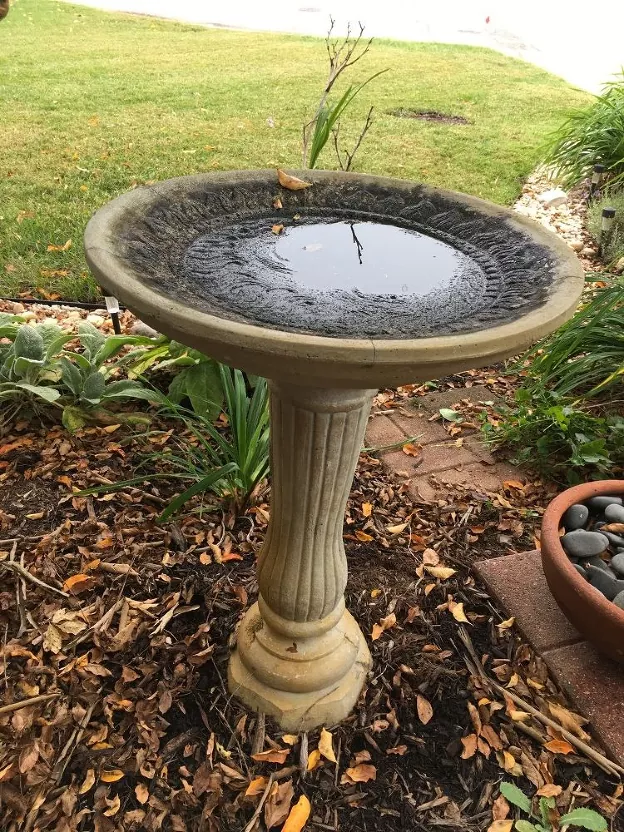


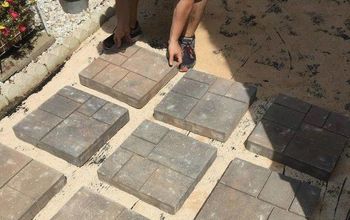
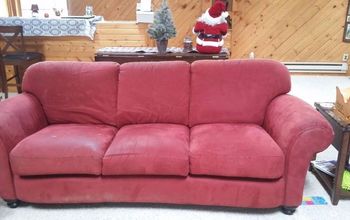
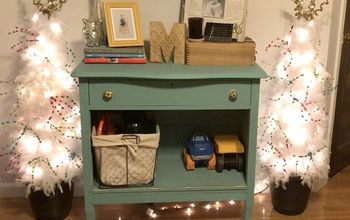

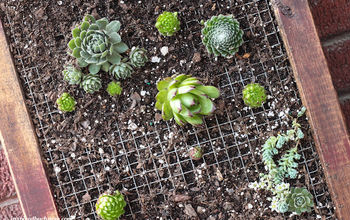
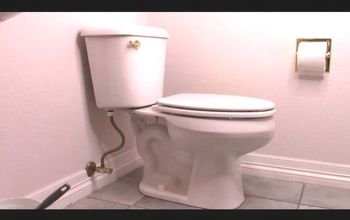




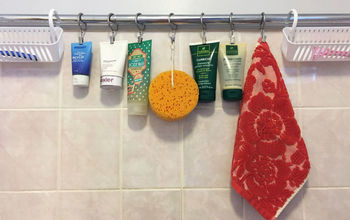
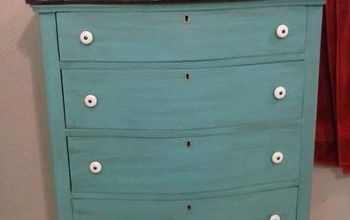


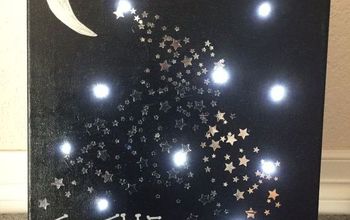

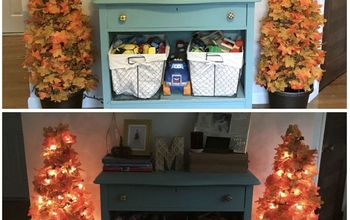

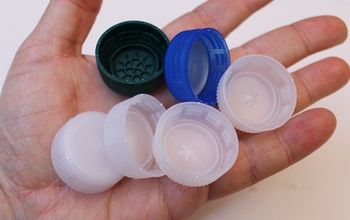

Frequently asked questions
Have a question about this project?